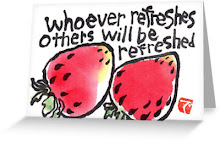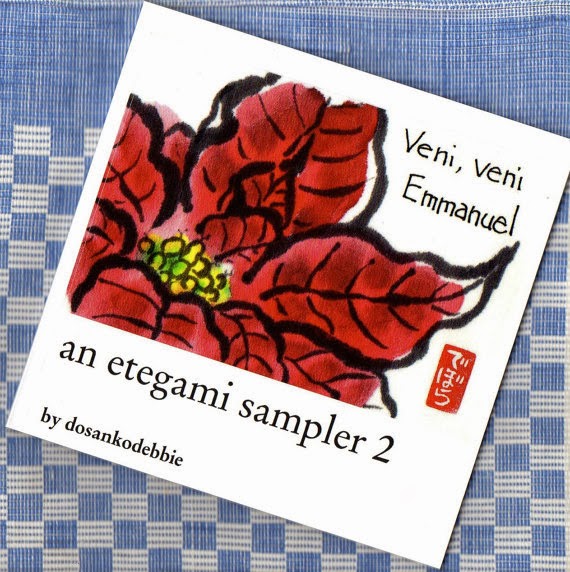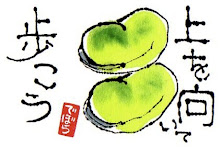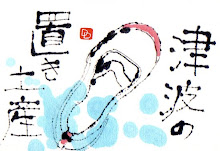 |
| use "shuniku" stamp pads for your rubber hanko |
First of all, you have to understand that rubber hanko are consumables. They do not last forever. To make them last as long as possible, however, you need to follow these rules:
 |
| ink paste is no-no for rubber chops |
2) Do NOT use red ink paste to ink your rubber hanko. This is safe for chops carved from stone or wood, but not for rubber chops. The oils in the paste will cause your rubber hanko to get hard and brittle over time. The paste also contains particles that will stick in the grooves of your rubber hanko, and unlike the sturdier stone and wood chops, if you try to scrape such particles out of the grooves, you can easily nick your rubber chop and ruin it.
Get yourself a shuniku stamp pad. They are cheap and have the same bright red-orange color that is traditional for using with chops. These pocket-sized stamp pads (or ink pads) are typically encased in round plastic cases with screw caps, or square plastic cases with flip-tops like in the photo at the top of this post.
If this post is unclear in any way, let me know so I can fix it.
Here's a link to the post where I explain about making your own rubber hanko






























Hmm my e-tegami teacher told me off for using a 100-yen ink pad, saying it was the wrong colour and too bright. But she was all far self-carved stamps from rubbers/erasers.
ReplyDeleteLisa, was yours a stamp pad like shown in the photo? These are called shuniku stamp pads, and are specifically for using with hanko. Maybe you used one of the ordinary red-ink stamp pads like I use with my "air mail" stamp. Those are the wrong kind of red.
DeleteDebbie, how do we clean the red ink from our rubber hanko? Alcohol?
ReplyDeleteOr should we not be cleaning them?
After pressing my hanko on my etegami, I stamp it a couple times on tissue paper to get the surface ink off. I don't usually have a problem with stuff getting in the grooves as long as I use a stamp pad. But if you need too, try a tissue twisted up to reach inside the groove. Don't use chemicals of any kind.
DeleteI suddenly feel a desire for a hanko, when I'm pretty sure I never felt a need for one before. Thanks for the info!
ReplyDeleteLOL. I don't know whether to celebrate or apologize....
DeleteI got mine from J-List, and I need one of those cute cases that keep the inkan safe and include a small stamp pad. The inkan is 6cm long and made of boxwood, with a little rubber piece on the business end. J-List gave me a stamp pad with the thing but not a little case for it. Not happy with that. I'm not even sure the red is vermillion red...looks like of like red-red, not the orangey hue.
ReplyDeleteA case like this one on Amazon Japan? Have you ever tried ordering from them? http://www.amazon.co.jp/gp/product/B00UABGV3E?keywords=%E5%8D%B0%E9%91%91%E3%82%B1%E3%83%BC%E3%82%B9&qid=1446246206&ref_=sr_1_8&sr=8-8
Delete